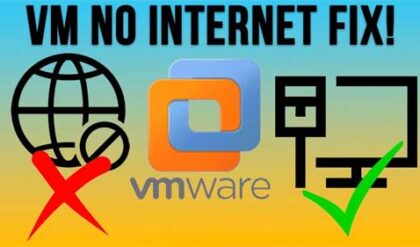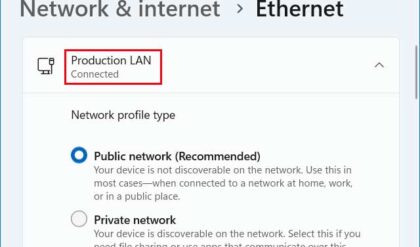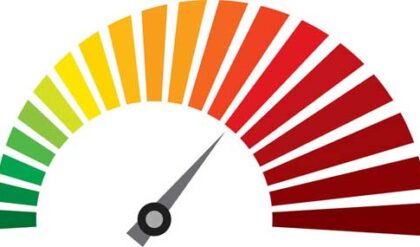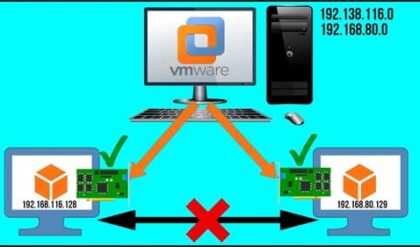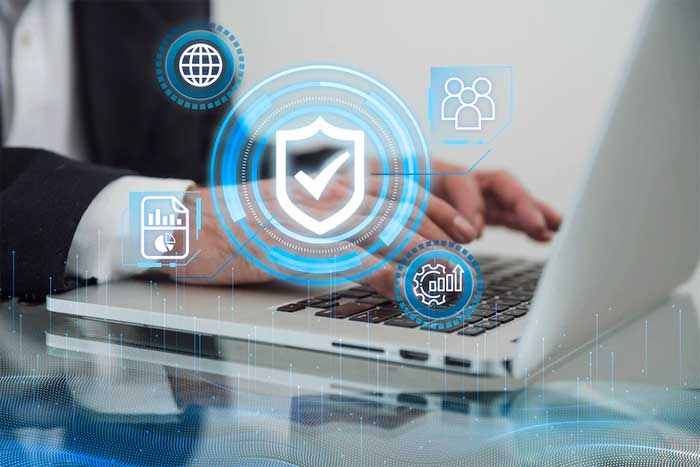
Securing websites has become a top priority for businesses in today’s world of increasing connectivity. Considering the increase in online threats and attacks, it is essential to give attention to securing our online presence.
An increase in advanced cyber-attacks against websites of all sizes and industries was seen in the previous year, 2022. The consequences of a hacked website can be serious, resulting in financial losses, reputational damage, and loss of client trust. These consequences can range from data breaches and attacks with ransomware to harmful code infusions. It is essential to defeat cyber criminals by putting in place strong security procedures in order to prevent such incidents.
We will go into the fundamental components of website security, covering everything from updating software and Content Management Systems (CMS) to implementing strong passwords and user authentication. We will also go into detail on the value of secure hosting and server configurations, the important part that SSL certificates play, the necessity of regular website backups, and the significance of user education and training.
You may beforehand secure your website and create a secure online environment for yourself, your business, and your website visitors by implementing the practices outlined in this article. Let us get out on this journey and take the necessary steps to ensure a protected digital presence in 2023.
Step-1 Update Software and CMS
Your software and Content Management System (CMS) must be carefully maintained if you want to ensure the security of your website. Software developers frequently release updates that address bugs and fix security problems in an environment where the world of technology is always evolving. You can strengthen your website against potential exploits and lower the possibility of unauthorized access by quickly making these upgrades.
In order to take control of websites, hackers usually target outdated CMS and software versions. Such actions may lead to website compromise, defacement, or data breaches. To stay ahead of potential problems, it is crucial to frequently update your software and CMS.
Updating your operating system and any installed software programs comes first. This includes your website’s web server software, plugins, themes, content management systems (like WordPress, Joomla, or Drupal), and any other parts that make up your website.
Maintaining a current CMS also becomes important. Security patches that address identified flaws are regularly integrated into CMS releases. Check your CMS dashboard frequently for changes, or sign up for notifications, to stay informed of new versions. In the same way, upgrading plugins and themes is essential as they also can have security flaws. Remove any unnecessary or unused plugins and themes, as they may pose security risks.
This proactive measure significantly reduces the possibility of being exposed to attacks that take advantage of existing weaknesses in out-of-date software versions. Maintain awareness and prioritize software updates to protect your website.
Step-2 Secure Hosting and Server Configuration
Secure hosting and precise server configuration are essential for ensuring strong website security. Your website’s security depends on the hosting environment, which forms the basis of your protection against potential threats.
Choose a hosting provider from a reliable and reputable company that places a high priority on security measures. An effective firewall, an intrusion detection system, and frequent security audits are essential characteristics. Select hosting plans that include SSL certificates as well, as these certificates encrypt communication between your website and its visitors, improving data security.
The way your server is configured is essential for the security of your website. The risk of unauthorized access is reduced by implementing strong access controls, such as secure authentication procedures and restricted user privileges. Apply security patches quickly and on a regular basis to fix any security holes in server software. To strengthen your server’s defenses, think about using extra security measures like web application firewalls and malware scanning technology.
By prioritizing secure hosting and meticulous server configuration, you establish a solid framework for safeguarding your website against potential threats. These measures contribute to the overall resilience and protection of your online presence, fostering a secure environment for both your business and website visitors.
Step-3 Implementing SSL Certificates
An essential step in strengthening website security is the installation of an SSL certificate. SSL certificates create a secure link between a web page and those who visit it, safeguarding sensitive data from potential tracking and unauthorized manipulation. The data is protected from potential by this encryption, rendering it inaccessible to anyone seeking to steal it.
Different SSL certificate kinds are available, each serving a variety of website types and security requirements:
SSL certificates that are Domain Validated (DV): These are the most fundamental certificates that verify domain ownership. They offer a fundamental degree of encryption and are appropriate for personal blogs or websites.
SSL Certificates that are Organization Validated (OV): These certificates go through an additional validation procedure, ensuring the identity of the company operating the website. They are appropriate for small to medium-sized enterprises since they provide better encryption and assurance.
SSL Certificates that provide Extended Validation (EV): These certificates go through the most adequate validation process, which includes careful examination of the company’s legal and operational information. They give website users the maximum level of confidence and clearly show the organization’s name in the address bar of the browser.
Owners of websites can set up secure connections, safeguard critical data, and foster visitor trust by implementing an appropriate SSL certificate. To ensure the highest level of security and user confidence, it is crucial to choose the proper low-cost or cheap SSL certificate based on the purposes and needs of the website.
Step-4 Regular Website Backups
In the case of data loss, a website compromise, or other unexpected occurrences, backups act as a safety net, helping you to restore your website to its previous state. When creating regular website backups, keep the following factors in mind:
Frequency: Establish a backup schedule that fits the frequency of website updates or changes. Daily backups are a good idea for dynamic websites with often changing information. Static websites may require less frequent backups, such as weekly or monthly.
Full and Incremental Backups: Run full backups of the website on a regular basis to preserve everything. Consider implementing periodic backups as well, which only include changes since the previous backup. This method reduces backup times and storage requirements.
Verification and testing: Make sure your backups are complete and working properly by frequently verifying their integrity. To ensure that you can successfully restore your website from a backup, if needed, test the restoration method.
Automation: Make use of plugins or backup software that automates the backup procedure. This promotes consistency and dependability in the carrying out of regular backups.
In the event of emergencies or unforeseen circumstances, regular backups give you a sense of confidence and give you a way to quickly restore your website to a known, secure state.
Step-5 User Education and Training
User training and education are essential for maintaining website security. While placing technical safeguards in place is important, it is also critical to guarantee that website visitors are aware of best security practices. Users can be instructed and trained to keep aware of typical security risks and lessen the possibility that human error will lead to problems.
Users need to be given clear directions and materials in order to grasp the importance of security measures. This involves educating about the dangers of clicking on suspicious links, disclosing personal information, or falling for phishing frauds. Multi-factor authentication (MFA), strong passwords, and frequent login credential updates should all be encouraged among users.
Training users on best security practices helps foster a security-conscious mindset. This can involve conducting workshops, webinars, or disseminating training materials that enlighten users about potential threats and how to evade them. They should receive training on discerning phishing emails, recognizing social engineering tactics, and grasping the importance of regular software updates.
The entire security posture of a website can be greatly strengthened by giving users the information and skills they need to make wise security decisions.
Conclusion
To protect your online presence in 2023, make sure to implement a thorough website security checklist. You may significantly improve your website’s security and ensure a secure online experience by following the listed measures, which include updating software, using strong passwords, strengthening hosting, applying SSL certificates, performing routine backups, and educating users. Be proactive and prioritize website security to protect your data and maintain trust among visitors.


